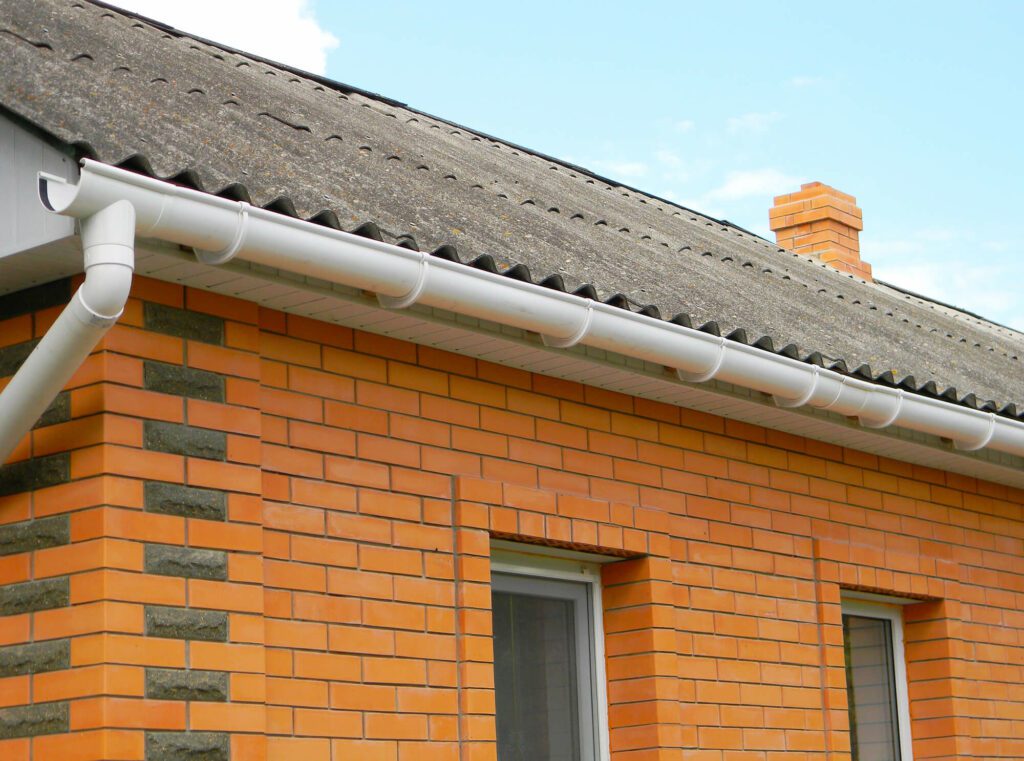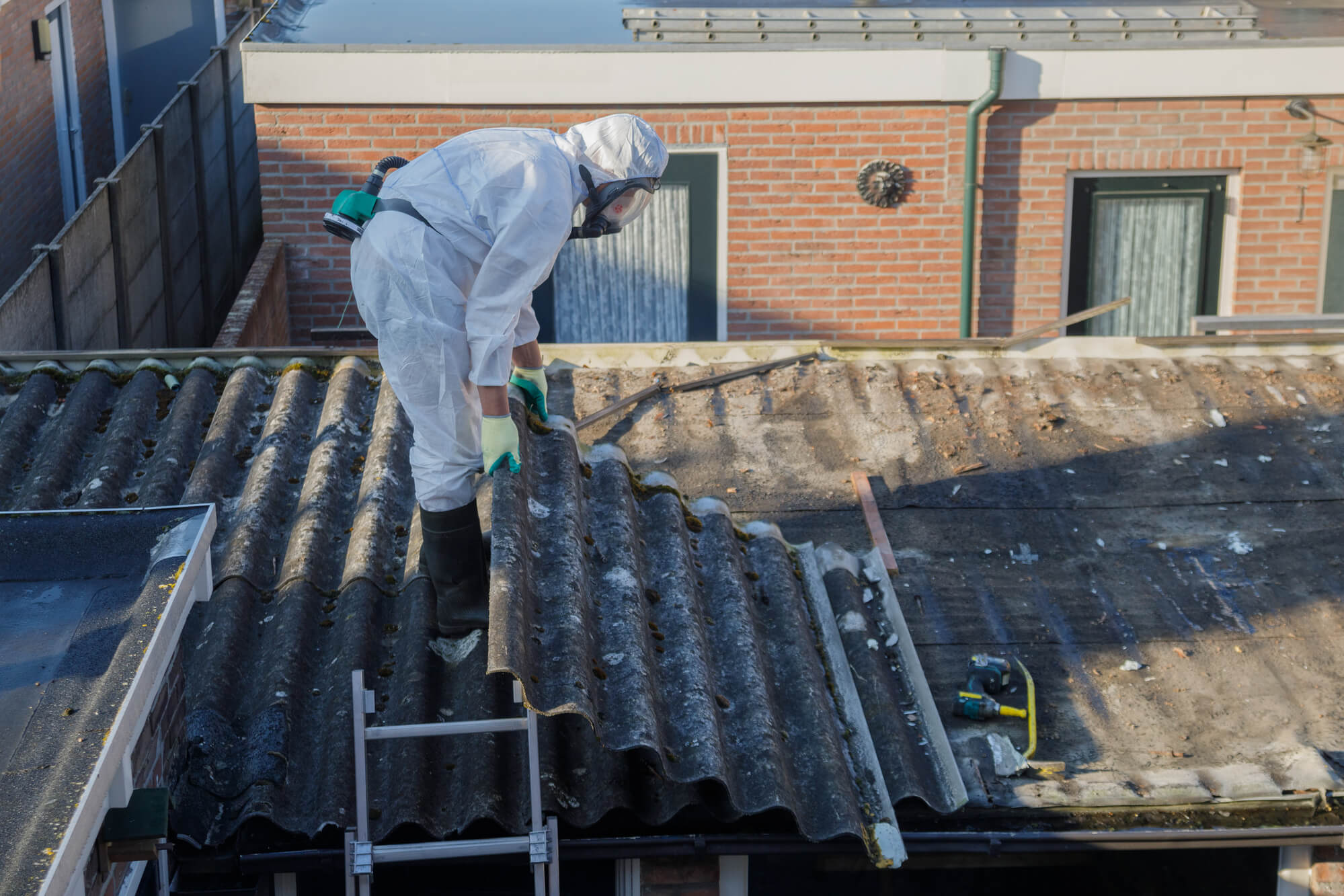We Recognize The Significance of Asbestos Cement Inspections
Asbestos cement, once hailed as a remarkable building material, has left a legacy of concern due to its adverse health effects. Despite its ban in many countries, numerous older structures still contain asbestos cement materials, posing potential risks to occupants and workers. At Delmarva Inspections Group, we recognize the significance of asbestos cement inspections in identifying and managing these hazards, and we are committed to providing comprehensive solutions that prioritize your safety. This blog post aims to empower property owners and raise awareness about the importance of asbestos cement inspections. We will delve into the history of asbestos cement, explore the inspection process, highlight associated risks, and guide you in making informed decisions for the well-being of your property and those within it.
Our team of licensed asbestos inspectors and environmental consultants bring years of expertise and a dedication to excellence in every inspection we conduct. We understand the intricate nature of asbestos-containing materials and follow strict protocols to ensure accurate testing, thorough assessments, and the implementation of appropriate remediation measures.
We’ll Discuss The Potential Health Risks
We aim to demystify the asbestos cement inspection process, addressing common questions and concerns you may have. We will provide insights into the visual inspection techniques used to identify asbestos cement siding and explain the importance of proper sampling and laboratory analysis to determine the presence and concentration of asbestos fibers. Moreover, we will discuss the potential health risks associated with asbestos exposure, emphasizing the critical need for proactive inspections and appropriate management. We will guide you on interpreting inspection results and understanding the recommendations provided by our inspectors, whether it involves removal, encapsulation, or ongoing monitoring to mitigate risks effectively.
Diving Deeper Into Various Aspects of Asbestos Cement Inspections
At Delmarva Inspections Group, we believe that knowledge is the first step toward safety. By equipping you with accurate information about asbestos cement inspections, we aim to empower you to make informed decisions. So protect the health and well-being of yourself, your family, and your colleagues. Stay tuned for our upcoming blog posts, where we will dive deeper into various aspects of asbestos cement inspections, share case studies, and provide valuable tips to ensure a safe living or working environment. Your safety is our priority. Let’s embark on this educational journey together, unraveling the mysteries of asbestos cement inspections and securing a healthier future.
The History Behind Asbestos Cement
The historical background of asbestos cement siding gained popularity as an exterior cladding option in the early 1900s when an Austrian engineer named Ludwid Hatschek developed a method for shaping asbestos cement into sheets. This allowed it to get used as shingles and siding. However, during the 1920s, the National Board of Fire Underwriters recommended asbestos cement to be a superior, fire-resistant alternative to wood roofing and siding materials. This endorsement led to a significant increase in sales, resulting in the construction of numerous homes across the United States featuring asbestos cement siding.
The EPA Banned Its Use in Building Products
However, during the latter part of the 1960s and the beginning 1970s, the media started reporting on health hazards that were associated with asbestos. As concerns grew, the U.S. government took measures, and in 1973, the Environmental Protection Agency (EPA) banned its use in building products. Health Risks Related to Asbestos Cement Inhaling asbestos fibers is a well-established health hazard. Asbestos dust can cause lung cancer, such as asbestosis, and lead to mesothelioma, a deadly cancer affecting internal organs. However, properly installed and undisturbed asbestos cement siding does not pose health risks. The cement effectively binds the asbestos fibers, preventing their release into the air during normal use and maintenance.
Asbestos is Hazardous Only When Disturbed
According to the EPA, asbestos is considered hazardous when in a brittle state, which can easily be crushed or pulverized. Asbestos particles can become airborne and potentially inhaled in this brittle state, leading to health problems. Asbestos cement products that are not friable are considered non-hazardous. The only potential danger arises when the cement is disturbed, causing the asbestos fibers to become airborne. Activities such as sawing, chipping, sanding, or grinding can release particles, making the cement friable and hazardous. Deterioration can also cause particles to become airborne and pose potential dangers.

Asbestos Cement Siding Offers Several Advantages:
- Fire resistance: It has excellent fire resistance compared to other siding materials like wood and vinyl.
- Termite resistance: Asbestos cement is resistant to termite damage.
- Rot resistance: It does not readily rot.
- Textured options: It can be manufactured with textures that simulate the look of other cladding materials, such as wood grain.
- Easy maintenance: Asbestos cement siding is relatively easy to clean and maintain.
- Paintability: Unlike porous materials like wood clapboard, asbestos cement siding does not quickly absorb the paint, making it easier to paint and refresh the appearance.
Asbestos Cement Siding Disadvantages:
- Brittleness: The material is prone to chipping, cracking, and breakage due to its brittle nature.
- Pressure washing risk: High-pressure washing can crack the siding and potentially lead to moisture intrusion.
- Health hazards: Asbestos cement can be dangerous when it is sawed, sanded, or broken, releasing asbestos particles.
- Limited replacement options: Finding replacement siding for repairs can be challenging.
- Inability to refurbish: Unlike other siding materials, asbestos cement cannot be restored to its original state through sanding or repainting.
- Aesthetic decline: Asbestos cement siding is no longer considered visually appealing.
A Professional Should Replace Damaged Areas
Proper maintenance is crucial to prevent damage, deterioration, associated health, and structural issues related to asbestos cement siding. Regular cleaning and prompt repairs are essential. Asbestos cement siding is brittle and susceptible to cracking, chipping, and impact damage, releasing asbestos particles into the air. Damage to the siding can also contribute to moisture intrusion. A professional should replace damaged areas that cannot be repaired using non-asbestos fiber cement. Specific fiber cement materials designed to resemble asbestos cement siding are available for repairs.
Inspection Tips
To protect the siding from impact damage, homeowners can incorporate landscaping features, such as shrubs, around the home. During inspections, our licensed inspectors at Delmarva Inspections Group often encounter the following common problems associated with asbestos cement siding:
- Chipping and cracking: Asbestos cement siding is prone to chipping and cracking due to its brittle nature.
- Deteriorating fasteners: Fasteners used to secure the siding may deteriorate at a faster rate than the siding itself.
- Discoloration and staining: Corrosion or runoff from adjacent materials can cause discoloration and staining, indicating potential decreased material durability.
- Efflorescence: Similar to other cement products, efflorescence may appear on asbestos cement siding, indicating water penetration and potential cement deterioration.
- Biological growth: Under favorable conditions, moss and algae growth may occur on the siding, accelerating surface deterioration and staining.
Hire a Reputable Inspection Service For Periodic Inspections
Considering the widespread use of asbestos cement siding in the past, inspectors frequently encounter it during exterior inspections. At the same time, being informed about the health risks associated with asbestos is helpful. However, specific concerns should be addressed by healthcare professionals. Homeowners should consider hiring an inspector from Delmarva Inspections Group or another reputable inspection service for periodic inspections of this cladding as part of their regular home maintenance routine.
Disclaimer: The information provided in this blog is for educational purposes only and should not be considered a substitute for professional advice. It is essential to consult with licensed asbestos inspectors for a professional for an accurate assessment. Additionally, they will offer guidance specific to your property and circumstances.


















